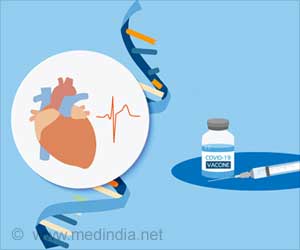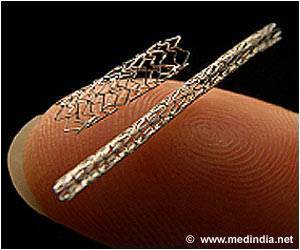Halting the activity of a specific protein can help control excessive scar tissue formation after a heart attack say researchers of Cornell University.
Researchers from University of Wisconsin-Madison and Cornell University have found that halting the activity of a specific protein can help control excessive scar tissue formation after a heart attack, which often stops heart muscles from working at full capacity.
In a mouse model, the researchers found that targeting the protein sFRP2, involved in the formation of collagen, the main component of scar tissue, could significantly cut heart attack-induced scarring.When they stopped the scarring from occurring, mice's heart function tremendously improved following the injury.
"With many injuries and diseases, large amounts of collagen are formed and deposited in tissues, leading to scarring and a condition called fibrosis," Nature magazine quoted co-author Daniel S. Greenspan, professor of pathology and laboratory medicine at the UW School of Medicine and Public Health as saying.
"Fibrosis can seriously affect the functioning of heart, lung, liver and other tissues," he added.
For their research, the team studied mice that did not produce sFRP2, to understand how the protein works.
Upon restricting the flow of blood to the animals' hearts, so as to mimic a heart attack, the researchers found that scarring was significantly reduced in the sFRP2-free animals.
The researchers suggest that identifying agents that specifically target sFRP2 and inhibits its activity can help control heart attack-induced scarring and impaired heart function,
The findings have been published in the journal Nature Cell Biology.
Source-ANI
SPH
 MEDINDIA
MEDINDIA




 Email
Email




